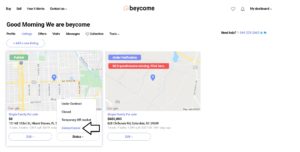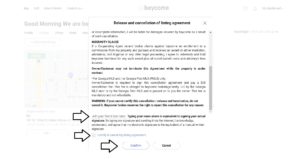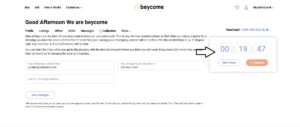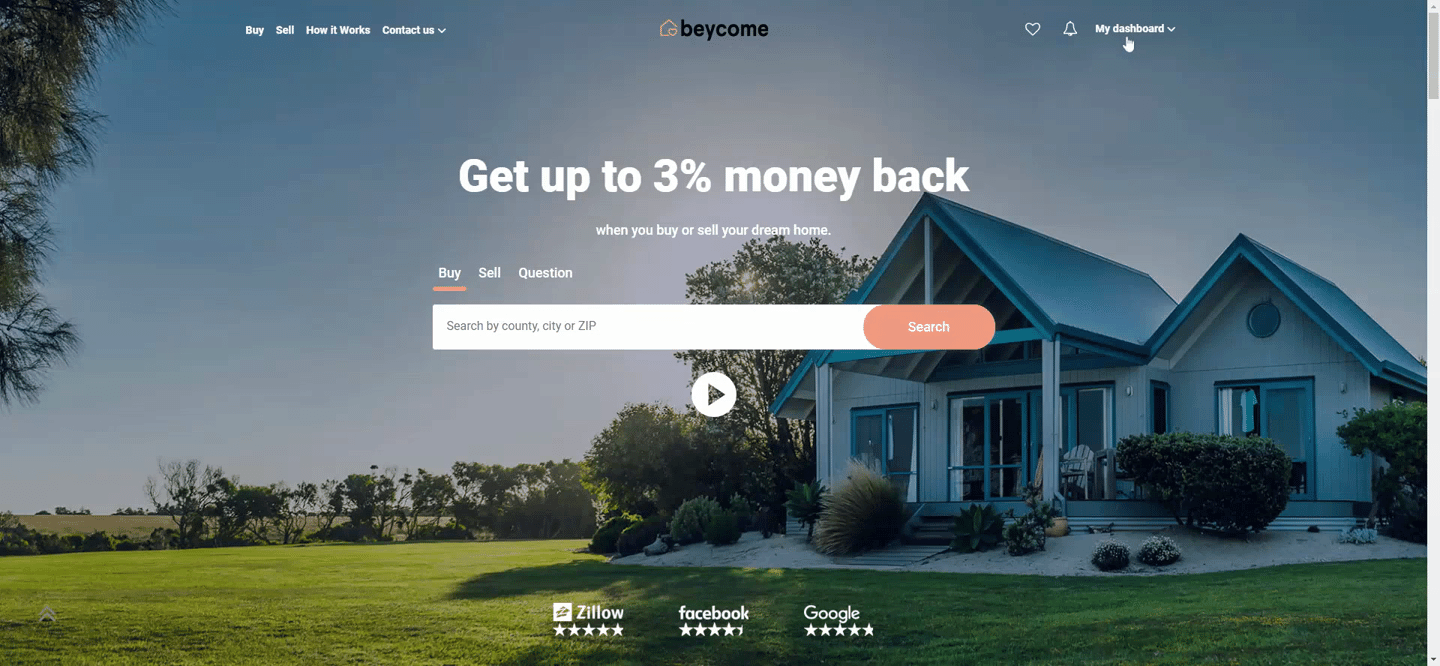When listing a property in North Carolina, ensuring accurate square footage measurements is not just a best practice—it’s mandatory. The North Carolina Real Estate Commission (NCREC) requires that all listed properties be measured in accordance with the Residential Square Footage Guidelines Manual. These measurements must be performed by a qualified professional from one of the following categories:
- Professional Measuring Service (Recommended)
- Actively Licensed North Carolina Real Estate Broker
- Licensed Appraiser
Below, we’ll explain the specifics of these requirements, answer common questions, and provide examples of qualified providers by county.
1. Can I provide my own measurements?
No, North Carolina requires that a professional, such as a measuring service, licensed broker, or appraiser, measure the property to ensure compliance with NCREC guidelines.
2. Can I use an app to measure the property?
No, property measurements must be completed by a qualified professional. Apps and other DIY tools are not permitted.
3. Can I rely on a previous appraisal?
Unfortunately, no. Measurements must be conducted specifically for the current transaction to meet state requirements.
4. Is it okay to use tax records for square footage?
No, tax records may be referenced for review purposes but are not considered a reliable or accurate source by the state.
5. What happens if the advertised square footage is incorrect?
If the square footage is inaccurate, buyers may be entitled to legal remedies, including damages or contract reformation, as reported by NC Realtors.
6. Can unpermitted areas of the house be included in the total square footage?
No. Unpermitted areas must be noted separately and cannot be included in the main square footage.
7. What about decks, porches, or garages?
Decks, balconies, porches, garages, and carports should not be included in any category of finished or unfinished living area.
What’s Included in the Professional Measurements?
1. Heated Living Area / Living Area
To qualify as living area, the space must be:
- Heated by a permanent heating system (e.g., forced air, radiant, solar). Portable heaters or fireplaces are not acceptable.
- Suitable for year-round occupancy.
- Directly accessible from other living areas through a door, heated hallway, or stairway.
2. Unheated Living Area
This includes spaces that contribute to the home’s value but do not meet the criteria for heated living areas. Examples:
- Unheated sunrooms or porches.
- Finished rooms that are unheated.
- Unfinished attic spaces with permanent stairs.
3. Additional Square Feet
Spaces like basements or areas not directly accessible from the main dwelling fall into this category. These areas should be noted in the property description or agent remarks.
Why Accurate Measurements Matter
Accurate square footage is critical for protecting buyers, sellers, and agents from potential disputes. Misrepresentation of square footage could lead to legal consequences, including financial damages or contract reformation.
Recommended Measuring Services by County
We’ve compiled a list of measuring services by county to help you comply with North Carolina’s requirements. While these companies are examples and not guaranteed by Beycome, they offer a starting point for finding qualified professionals in your area.
Accurate measurements are not just a legal requirement—they’re essential for building trust and transparency in the real estate process. By ensuring your property is measured professionally, you set the stage for a smoother transaction and avoid costly mistakes.
| James Powell Appraisal | [email protected]; [email protected] | 910-755-7070; 910-209-1288, Mark – 828-244-5836 | $ 150.00 | |
| Appraise the Beach | [email protected] | 252-626-4104 | $ 150.00 | |
| Raleigh, Durham, Franklin, Ganville, Johnston, Lee, Person, Wake, Nash | Harmon Property Solutions | [email protected] | 919-606-1935 | $ 125.00 |
| Mc Namara | ||||
| Forsyth, Davidson, Davie, Yadkin and southern Stokes Counties | Triad Measuring | [email protected] | 336-416-0236 | |
| Catawba Valley Appraisal | [email protected] | 828-612-6221 | $ 75.00 | |
| Cornelius, Huntersville, Waxhaw, Matthews, Fort Mill, Pineville, Greensboro, Winston-Salem, High Point, Thomasville, Jamestown, Kernersville | Steel Tape | [email protected]; [email protected] | 336-442-7372 | |
| A Measure Up / Pacifico Property Services | [email protected] [email protected] | 980-616-2615 | $ 75.00 | |
| Counties covered…Alexander, Alleghany, Ashe, Avery, Burke, Cabarrus, Caldwell, Catawba, Cleveland, Davidson, Davie, Forsyth, Gaston, Guilford, Iredell, Lancaster, SC, Lincoln, McDowell, Mecklenburg, Rowan, Stanly, Stokes, Surrey, Union, Watauga, Wilkes, Yadkin, York County, SC | Carolina Measure Pro | [email protected] | 336-355-7971 | $ 135.00 |
| Shindler Solutions | 828-367-7133 | |||
| Measure-Rite LLC | [email protected] | 828-231-7305 | ||
| Serving Henderson, South Buncombe, Polk & Transylvania Counties | Cook Appraisals | [email protected] | 828-551-9565 | |
| Home Dimensional | [email protected] | 910-352-4632 | $ 125.00 | |
| Bullard Associates | [email protected] | 910-638-5352 | ||
| Cumberland, howe, Hornett & Monroe Counties. | Market Value Appraisers | [email protected] | 910-916-9819 | $75 – $175 |
| Arsenal Appriasals | [email protected]; [email protected] | 910-423-1861 | ||
| Appalachian Appraisal Inc | [email protected] | 706-994-3665 | ||
| Howard Appraisal Service | [email protected]; [email protected] | 706-745-0071 | ||
| Whittarch Appraisals | [email protected] | 252-538-0093 | ||
| Triangle East Appraisals | [email protected] | 252-234-7575 | ||
| Counties they cover: Onslow Craven, Carteret , Pamlico, Pender, New Hanover, Jones County | Maready Appraisals | [email protected] | 910.326.6511 | |
| Moore, Lee, Harnett, Richmond, Hoke, Cumberland, Scotland, Robeson, Randolph, Chatham, Anson & Montgomery counties (Pinehurst) | Village Appraisers | (910) 215-5866 | ||
| Matthews Appraisals | [email protected] | (910) 315-9440 | ||
| JWH Appraisals | [email protected] | 910-377-1515 |
Disclaimer: The information provided, including the list of companies and pricing details, is shared solely for informational purposes. Beycome has no financial affiliation, endorsement, or partnership with these companies, and we make no guarantees regarding their services or pricing. Users are encouraged to independently verify all information and select providers at their own discretion.









